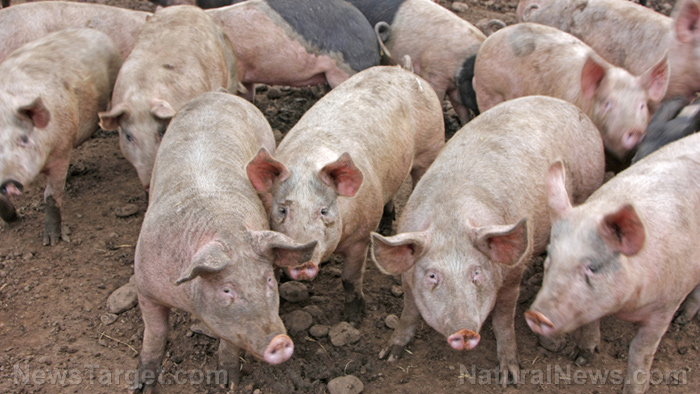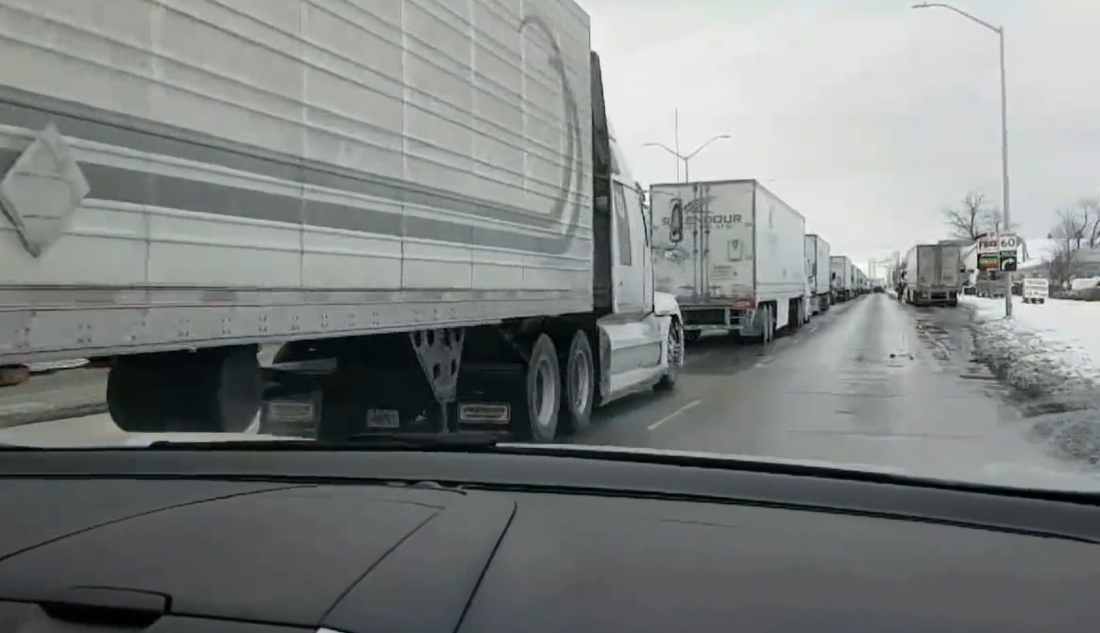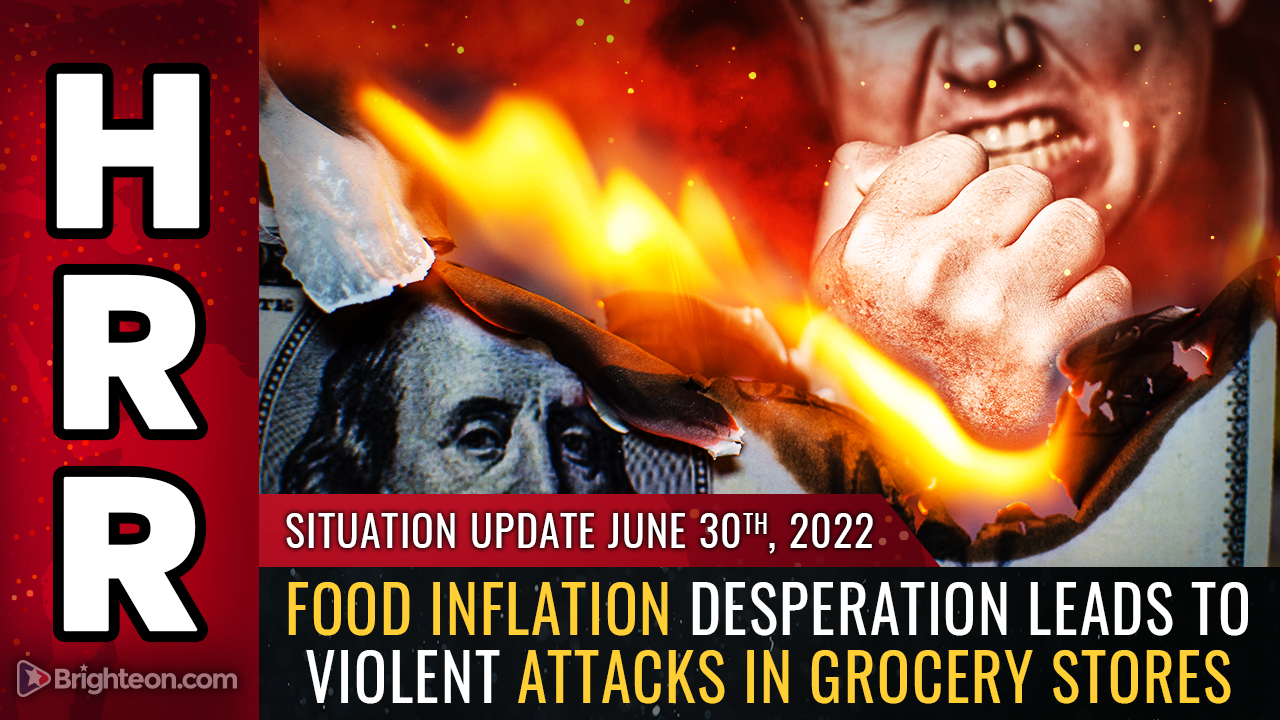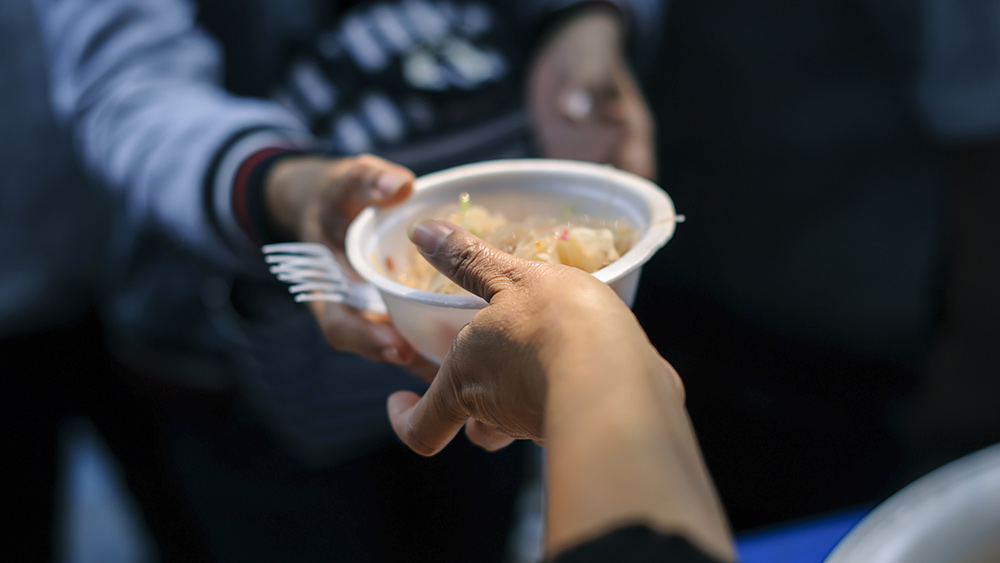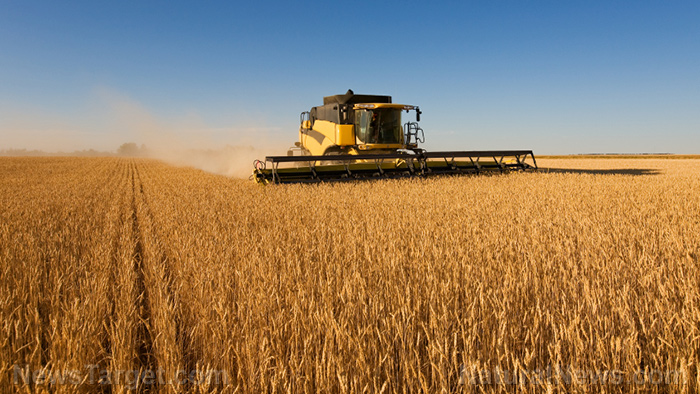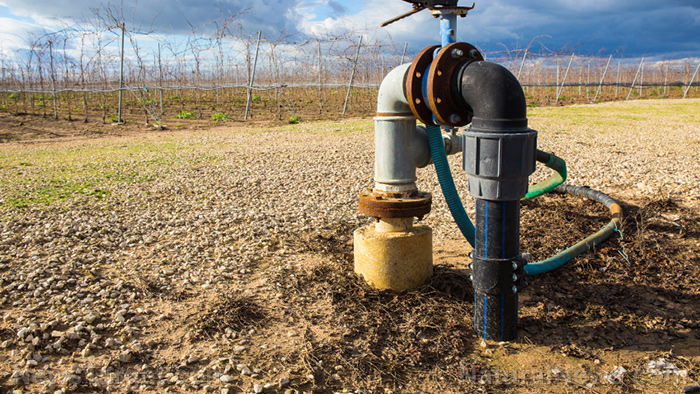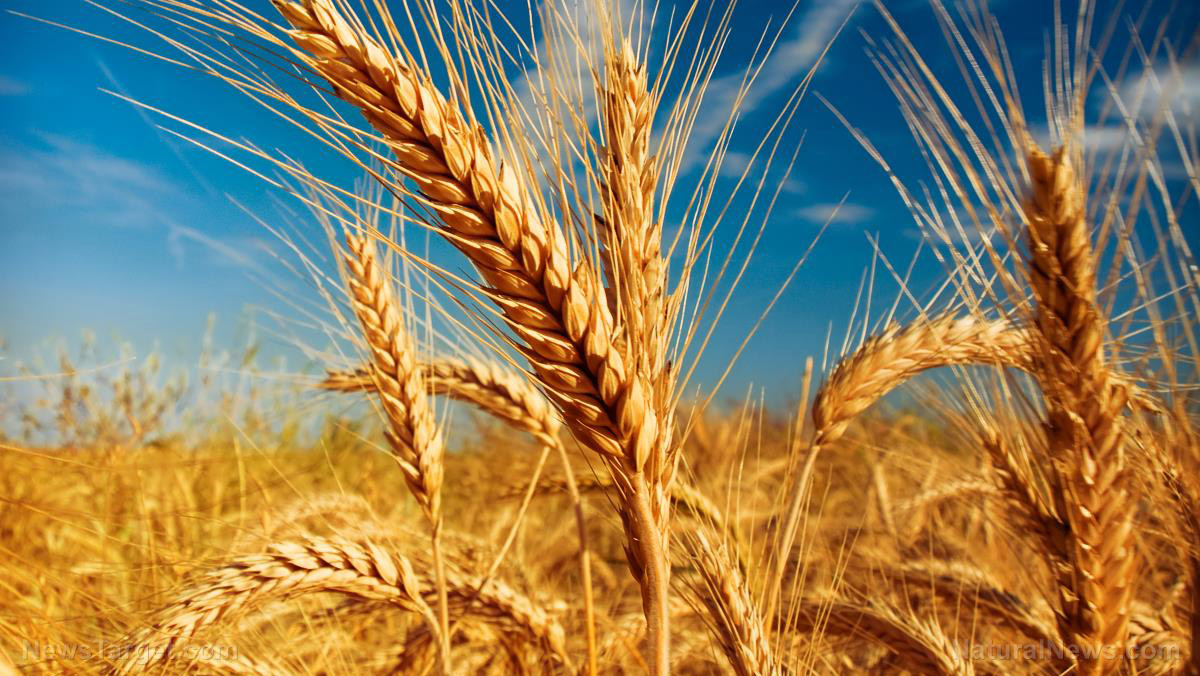Food factories are mysteriously burning to the ground internationally, too
07/06/2022 / By Ethan Huff

Last year was a really bad year for factory fires, according to a new report.
Some 1,946 factory fire alerts were issued in 2021 by Resilinc, which describes itself as “the world’s leading supply chain risk monitoring and mapping solution.”
Supply chain disruptions were up 88 percent year-over-year, the group says, and 90 percent of them were human-caused. Factory fires, meanwhile, were up 129 percent year-over-year, and this includes factory fires overseas.
“The uptick is due mostly to gaps in regulatory and process execution as well as a shortage of skilled labor in warehouses,” a press release from the company claims.
In 2022 so far, there have been dozens of food processing facility fires that all cropped up right around the same time. Now we know that the fires are occurring elsewhere in the world, too.
These fires combined with other factors are responsible for a whopping 452 percent increase, year-over-year, in disruptions due to supply shortages, which include everything from semiconductor chips to plastics, paper and raw materials.
“This type of disruption ranked 6th in terms of most reported events (behind Leadership Transition),” Resilinc says.
“Supply Shortages are driving consolidations, mergers, and business sales as companies look to give a quick cash boost to the core business or optimize the supply chain to best serve the customer base.”
The global economy is being deconstructed piece by piece
Compared to 2020, 2021 saw an 88 percent increase in the number of supply chain disruption alerts that were sent out to Resilinc customers, which include many multinational corporations.
“Of these potential disruptions 7,025, or 60%, were impactful enough to trigger the creation of a WarRoom – virtual platforms in the Resilinc dashboard where customers and their suppliers communicate and collaborate to assess and resolve disruptions,” the company says.
“In 2021, WarRoom creation was up 105% year-over-year due mostly to pandemic, labor, and supply shortage disruptions pushing supply chain teams to develop contingency plans, including finding alternate suppliers.”
North America saw the most supply chain disruptions last year at 5,417, followed by Europe with 2,838 and Asia with 2,128.
Considering that most of the food factory fires occurred in 2022, it remains to be seen how many more supply chain disruptions will occur this year, particularly in the grocery, restaurant and similar food sectors.
People can live without cheap Chinese junk from Amazon, which is what happened last year. People cannot live without food, however, which is what appears to be happening this year.
“We’re under attack,” wrote a reader at Natural News about how it is just too convenient that every key area of the global economy is being struck piece by piece and all in tandem.
“To an accidentalist, there’s no such thing as too many coincidences,” wrote another. “For the rest of us, there’s no such thing as a coincidence.”
What this person means, of course, is that it is just too perfect a scenario to have every piece of the global economy seemingly being rattled simultaneously to the point that the whole thing is sure to come crashing down in the coming months.
“Communists are known for discreet methods of liquidation: disease, starvation, everything is low key, as if nothing happens, but people end up dead,” is how another person put it.
“Communism is organized crime, very efficient and well organized crime.”
All in all, the general sentiment seems to be one that acknowledges this was all orchestrated and planned in the past to be executed at such a time as this. It fulfills biblical prophecy and the end of days, after all, and we are witnessing it occur in real time now.
More related news can be found at Collapse.news.
Sources for this article include:
Submit a correction >>
Tagged Under:
collapse, conspiracy, coordinated collapse, economy, factories, factory fires, food collapse, food supply, global economy, global reset, hunger, inflation, scarcity, starvation, supply chain, supply shortages
This article may contain statements that reflect the opinion of the author
RECENT NEWS & ARTICLES
FoodRationing.news is a fact-based public education website published by FoodRationing News Features, LLC.
All content copyright © 2021 by FoodRationing News Features, LLC.
Contact Us with Tips or Corrections
All trademarks, registered trademarks and servicemarks mentioned on this site are the property of their respective owners.

